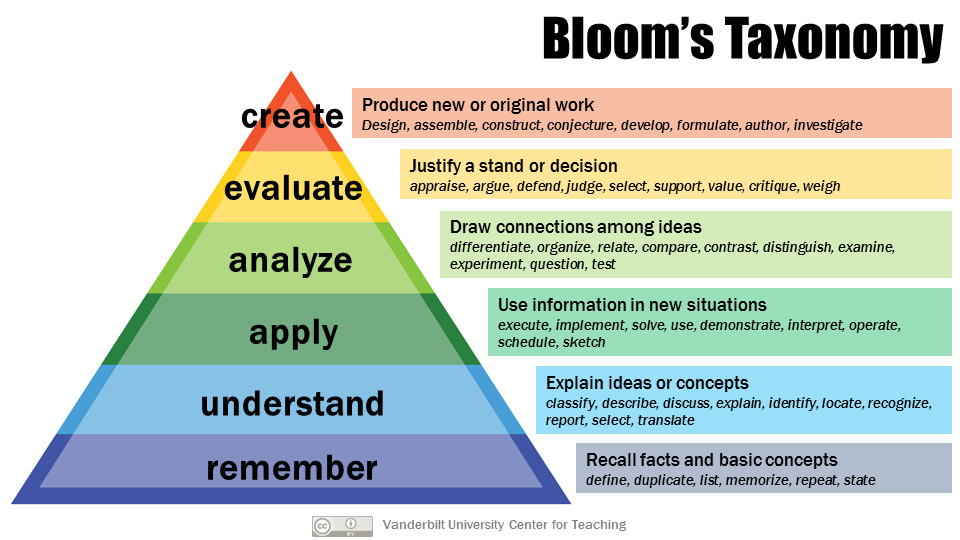Hi there!
After reading the article, “The nature of knowledge ad the implications for teaching,” in the book “Teaching in a Digital Age” by Bates (2022), I started thinking of my own experiences with these learning theories.
As a psychology major, behaviourism is a theory that I am very familiar with because it is mentioned in every class. Behaviourism learning is accomplished when a proper response is demonstrated following a specific environmental stimulus (Bates, 2022). This sounds complicated, but we have probably all experienced this in the vast amount of time spent in school! For example, Behaviourism is when a child misbehaves in class, the teacher takes something away from the child, and then that undesired behaviour becomes desirable when the child stops misbehaving. Just as teachers reinforce the behaviour with punishments, they also use rewards, such as class parties at the end of the week, if the class demonstrates desirable behaviour (Staddon, 2021). Another example of behaviourism I have experienced is when I receive immediate feedback on an assignment or a correct answer to a class question, quiz, test, or exam (Bates, 2022).
Cognitivism is very helpful when teaching more complex and abstract ideas, such as when knowledge can be simplified and applied to different topics and contexts (Bates, 2022). An example of cognitivism that I have encountered was in ED-D 101. This class placed great emphasis on how we receive information, organize that information, store the information, and then retrieve this information. To do so, we completed weekly readings; we were then influenced to create study plans to study to work on organizing and storing the information; then, at the end of the week, we were given a quiz to work on the retrieval of this information. This example uses approaches to learning such as Bloom’s taxonomy (Bloom et al., 1956), which is one of the most popular theories of cognitivism in education (Bates, 2022).

Next, constructivism states that learning happens by creating meaning from experience (Bates, 2022). Constructivism may sound like a foreign concept; however, we use it daily. Every time we reflect on our work, participate in discussion forums or do group work and projects, we learn through personal experience. The constructivist approach also emphasizes problem-solving (Bates, 2022). When we solve problems, we apply everything we have learned to our current experience. Depending on the result of the solution, we may learn what worked well and what did not work well. Bates (2022) discusses how “constructivists believe that learning is a constantly dynamic process.” In other words, This means that we are always building upon what we have previously learned with new information, just as we do while problem-solving. In connectivism, “learning can reside outside of ourselves” (Bates, 2022). An example of connectivism that I, like many, have experienced is
Lastly, connectivism states that “knowledge is created beyond the level of individual human participants, and is constantly shifting and changing” (Bates, 2022). In connectivism, “learning can reside outside of ourselves”, with the help of technology (Bates, 2022). An example of connectivism that I, like many, have experienced is using websites and social media. Various websites, such as Wikipedia, and social media, such as Twitter, promotes group discussion. This discussion, therefore, allows for various viewpoints and beliefs for us to learn and consider for ourselves, and thus learning occurs outside of ourselves.
I have chosen this Learning Portfolio activity prompt as I am a psychology major hoping to continue my education by pursuing my Master of Education in Counselling Psychology. Studying learning theories will be pertinent to my future education and career opportunities. As a behaviour technician and teacher, I am passionate about providing the best education possible for my children. It is important to learn about many types of learning theories so that we can provide the best possible education for our students. All in all, as Ertmer and Newby (2013) and other authors, such as Beauchamp and Parsons (2000), say, no learning theory is better than the rest. An instructor using many learning theories within their instruction will provide the best learning experience for their students—this should be the most important goal as educators.
References
Bates, A., (2022). Teaching in a digital age. BC Campus. (3rd). https://pressbooks.bccampus.ca/teachinginadigitalagev3m/chapter/3-3-cognitivism/
Beauchamp, L, & Parsons, J. (2000). Teaching From The Outside In. Edmonton AB: Duval House.
Bloom, B. S.; Engelhart, M. D.; Furst, E. J.; Hill, W. H.; Krathwohl, D. R. (1956). Taxonomy of educational objectives: The classification of educational goals. Handbook I: Cognitive domain. New York: David McKay Company
Ertmer, P. A., & Newby, T. J. (2013). Behaviorism, cognitivism, constructivism: Comparing critical features from an instructional design perspective. Performance Improvement Quarterly, 26(2), 43–71.
Staddon, J. E. R. (2021). The new behaviorism: Foundations of behavioral science (Third ed.). Routledge, Taylor & Francis Group.

Leave a Reply